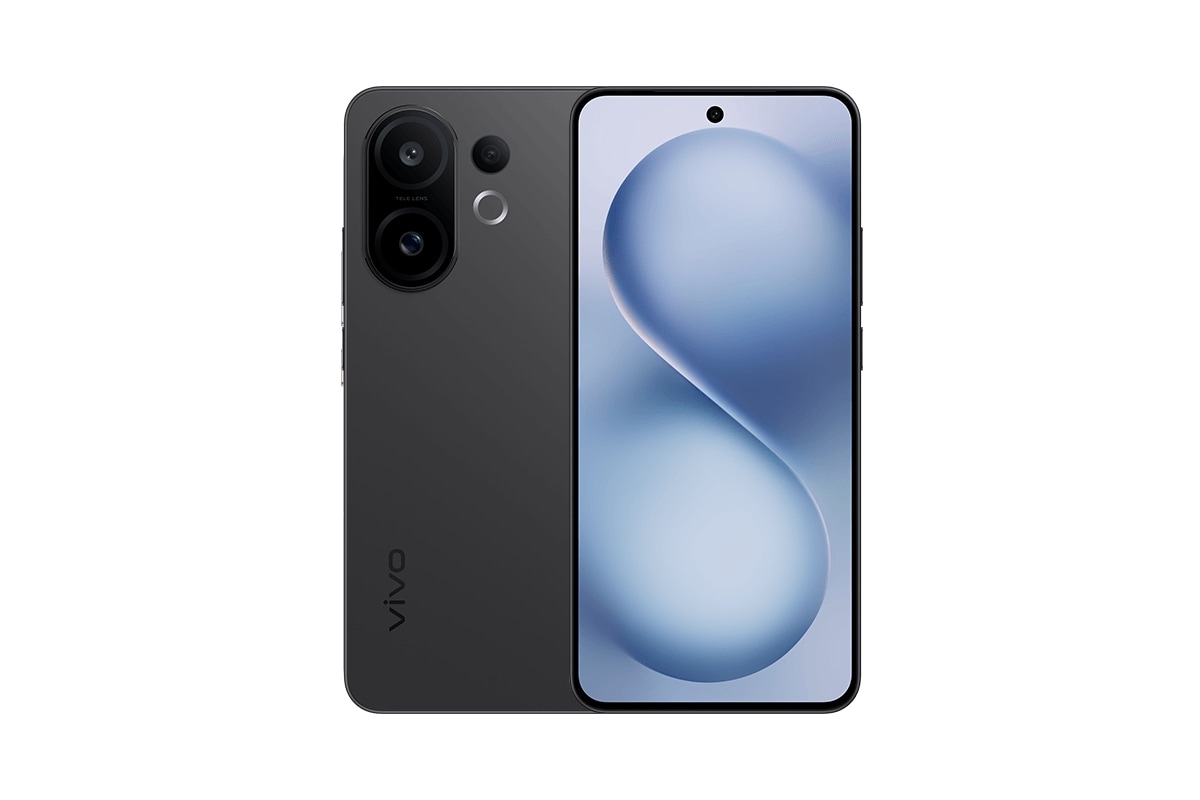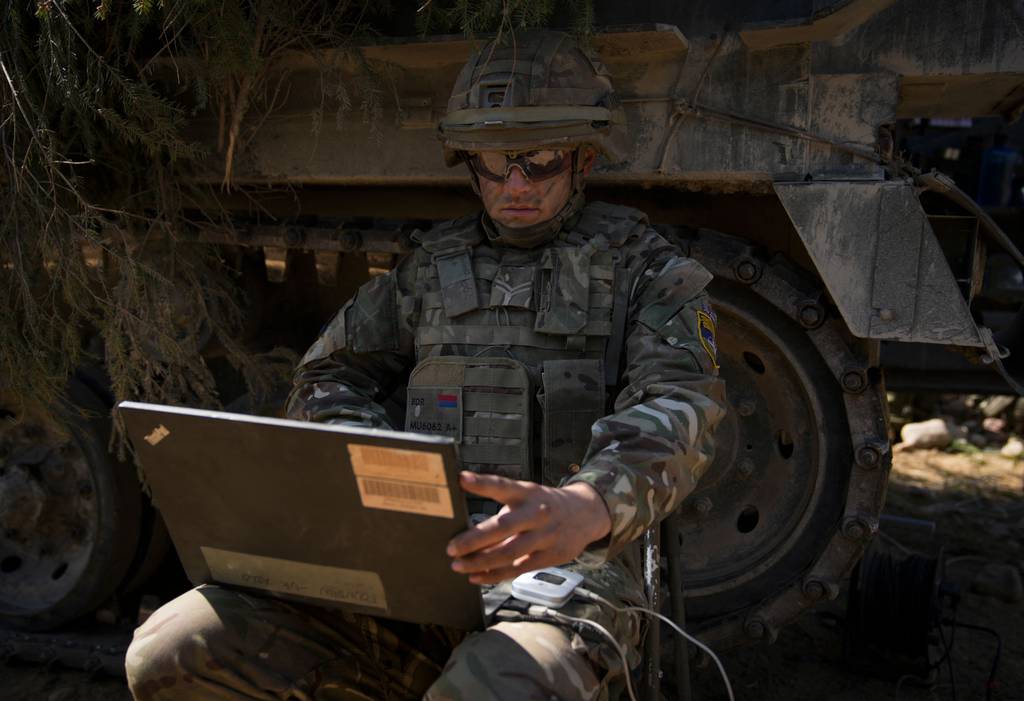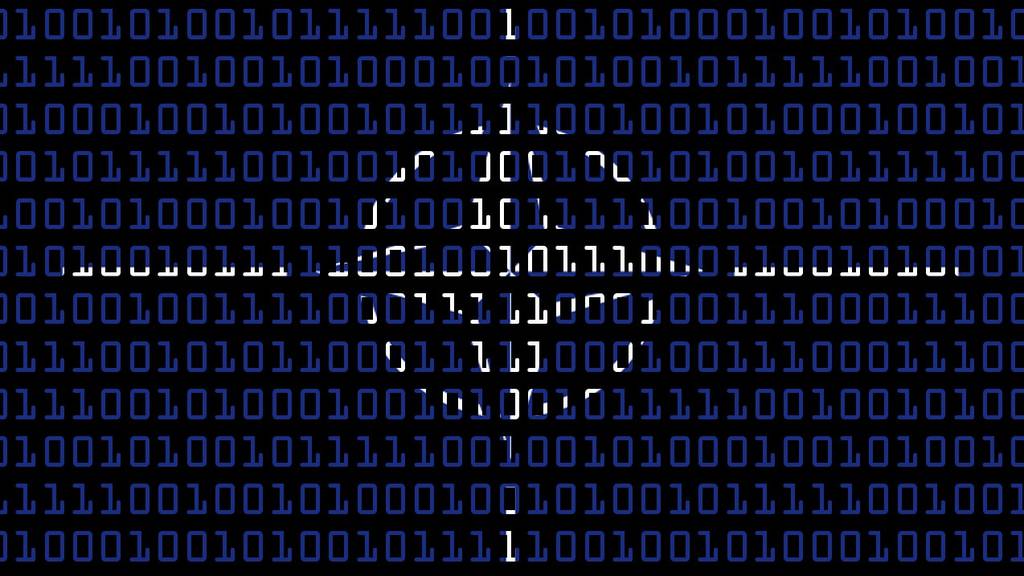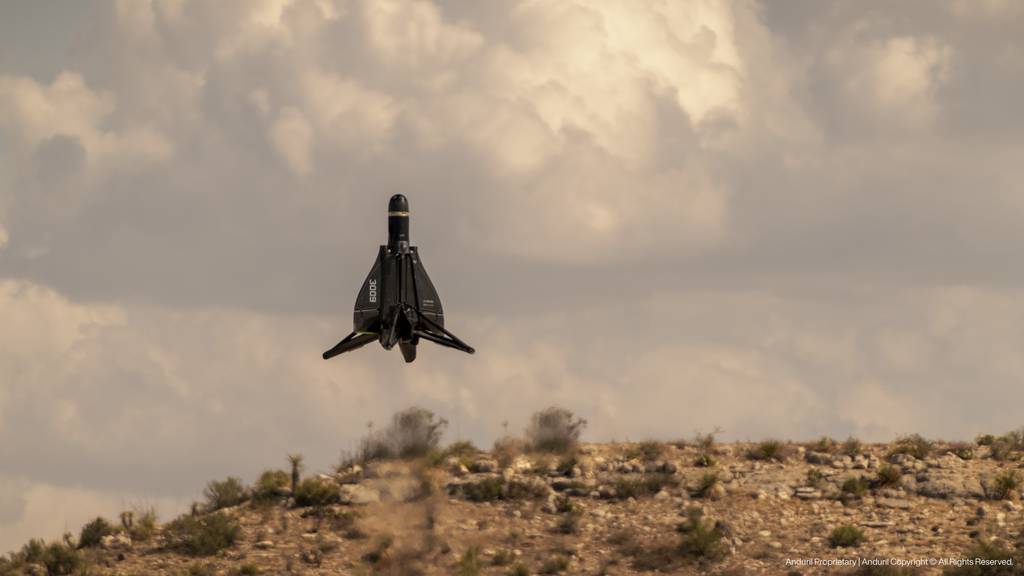Millennium to apply Victus Nox lessons to missile warning satellites
WASHINGTON — In September, Millennium Space Systems played a key role in a Space Force mission to demonstrate the

WASHINGTON — In September, Millennium Space Systems played a key role in a Space Force mission to demonstrate the ability to deliver a spacecraft and launch it on rapid timelines. The company now says it wants to apply lessons from that mission, dubbed Victus Nox, to other areas including the Space Force’s Missile Track Custody program.
“We will definitely be able to transfer that knowledge and leverage that success from Victus Nox on programs like Missile Track Custody,” CEO Jason Kim told C4ISRNET in an interview.
For Victus Nox, Millennium took advantage of its active Altair satellite bus production line to deliver a spacecraft in a matter of months — a process that typically takes years. Then, just 60 hours before lift off, the Space Force notified the company that it should ship the satellite to Vandenberg Space Force Base in California and integrate it to a Firefly Aerospace rocket.
Following the launch, the satellite completed its checkout and was ready for operations in just 37 hours. That phase often takes weeks or months, Kim said. That speed is largely owed to the automated systems Millennium uses for on-orbit checkout.
“Due to that flexibility and due to the active production lines, we can move really fast,” he said.
In late November, Millennium completed its critical design review for the Missile Track Custody program, which aims to develop a constellation of satellites in medium Earth orbit, between 1,200 and 22,000 miles above Earth.
Those spacecraft will be equipped with sensors to spot and track missiles and will send that data to users on the ground. The Space Force plans to develop the satellites in batches, or epochs, with each more capable than the next. The first epoch will include 9 satellites and the second 18.
The service requested $538 million for the effort in fiscal 2024 and plans to spend $3.5 billion through FY28 to build out the constellation.
Millennium is on contract to deliver six satellites as part of Epoch 1 and RTX, formerly Raytheon Technologies, will deliver three. The service awarded L3Harris a prototyping contract in June, and the company intends to compete for the second epoch.
Now that Millennium’s satellite has passed its critical design review, it is set to enter a year-long test phase. Lindsay Dewald, deputy program manager for the effort, told C4ISRNET the company will use digital engineering tools to validate the system’s performance.
“We’re transitioning to high fidelity testing of various aspects that verify and validate our analysis to date in that digital environment,” she said in the same interview. “We perform those tests throughout 2024 while we are receiving parts that are already on order, enabling us to be ready for an integration readiness review.”
That readiness review will occur in late 2024 or early 2025, she added.
While the program carries some schedule and technical risks, Dewald said the company’s use of heritage components and its rigorous digital testing environment should mitigate those and keep the program on pace.
As it focuses on Epoch 1 satellite development, Millennium is also thinking ahead to Epoch 2. The Space Force plans to release a draft solicitation in early 2024 and a final request for proposals later that year.
The company is establishing a production line dedicated to Missile Track Custody, and Kim and Dewald noted that having a stable satellite design for Epoch 1 will help the company in later stages of the program when it’s incorporating new capabilities.
“Throughout the recent phases . . . we kept an eye on not only ensuring we meet our Epoch 1 requirements and capabilities, but how do we put the hooks in and how do we account for being able to do refresh and mature technology in the future to meet the government’s mission needs as it develops this critical mission capability,” Dewald said.
Courtney Albon is C4ISRNET’s space and emerging technology reporter. She has covered the U.S. military since 2012, with a focus on the Air Force and Space Force. She has reported on some of the Defense Department’s most significant acquisition, budget and policy challenges.








